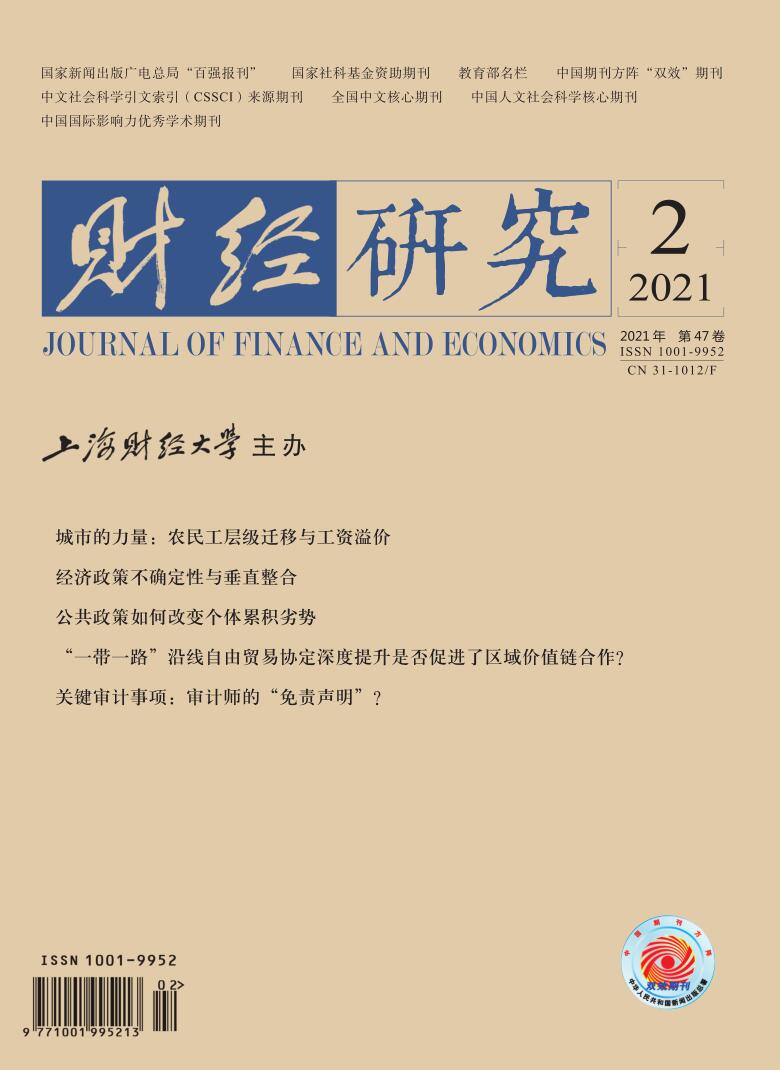The quality and safety of agricultural products has always been a long-term problem that plagues the government and academia. Many scholars discuss the possibility of controlling the quality and safety of agricultural products from the external measure of strengthening government supervision of agricultural production and planting, but it is difficult to avoid the embarrassing situation of “supervision failure”. At the same time, due to the decentralized and fragmented characteristics of China’s agricultural operations, the government’s comprehensive supervision on the quality and safety of agricultural products will produce extremely high supervision costs. In this context, exploring the market incentive and restraint mechanism of agricultural product quality and safety control is a hot topic of general concern of the government and academia.
Based on the perspective of branding, this paper explores the impact of brand premium on rice quality and safety from the perspective of pesticide application through the theoretical and empirical analysis. The main research conclusions include: Firstly, traditional rice production is still dominated by traditional production and management methods, and the level of branded production is still at a low level as a whole. Secondly, the excess profits brought by brand premium can make up for the externality of agricultural safety production, allowing farmers to generate endogenous prices to encourage high-quality and safe agricultural production, thereby promoting the improvement of agricultural product quality and safety. Finally, there are certain boundary conditions for brand premium to promote the quality and safety of agricultural products. Only when the brand-specific assets restrict the production behavior of farmers, can the brand premium improve the quality and safety of agricultural products to the greatest extent. This paper thinks that in the process of agricultural product branding development, we should focus on the right and responsibility docking of brand subjects, and strengthen the binding effect of brand reputation, so as to give full play to the role of price mechanism in the promotion of agricultural product quality and safety.
The innovation of this paper lies in the following three points: Firstly, scholars mostly explore the ways to improve the quality of agricultural products from the aspects of government supervision and the characteristics of farmers’ endowments, but there is a lack of discussion on the marketization mechanism of quality and safety improvement. This paper focuses on the price mechanism to solve the quality and safety problems, and the research perspective has certain novelty. Secondly, the existing discussion on the brand and quality safety of agricultural products lacks in-depth mechanism analysis and corresponding empirical support. This paper adds the correlation analysis of asset specificity and quality and safety cognition, and further clarifies the boundary conditions for brand premium to improve the quality and safety of agricultural products. Thirdly, in the process of analysis, we also pay attention to the differences of brand with different property rights in improving the quality and safety of agricultural products, and the relevant research is more specific and detailed.






 5726
5726  6132
6132

